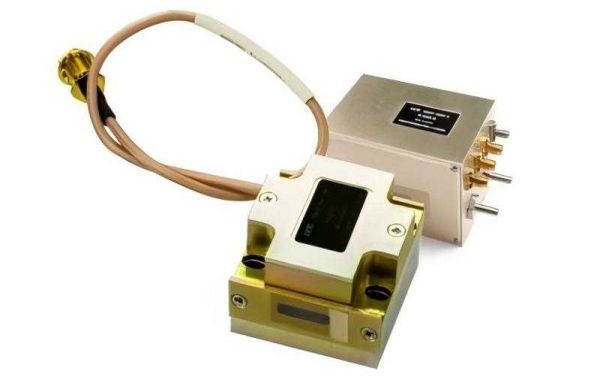Incorporating acousto-optic Q-switches and their drivers into an optical setup requires careful consideration of mechanical, electrical, and optical factors to ensure optimal performance and reliability.
Mechanical Integration
Proper alignment of the acousto-optic Q-switch within the laser cavity is vital. The device should be securely mounted to minimize vibrations and thermal drifts that could affect performance. Additionally, the Q-switch aperture must be appropriately sized to accommodate the laser beam without inducing diffraction losses.
Electrical Integration
The Q-switch driver supplies the RF signal necessary for modulating the Q-switch. It's imperative to match the driver's output power and frequency range with the Q-switch specifications. Proper shielding and grounding of electrical connections help prevent electromagnetic interference, ensuring stable operation.
Optical Integration
The Q-switch should be positioned where the laser beam maintains a consistent profile and intensity. Alignment must be precise to prevent beam distortion. Additionally, considering the polarization state of the laser beam is crucial, as some Q-switches are polarization-sensitive and require alignment with the laser's polarization for maximum efficiency.
Cooling Considerations
High-power laser operations can generate significant heat within the Q-switch. Implementing appropriate cooling mechanisms, such as water-cooling systems, is essential to maintain device performance and longevity.
Testing and Calibration
After installation, calibrate the Q-switch and driver to achieve the desired pulse characteristics. This process involves adjusting the RF signal parameters and monitoring the laser output to ensure it meets application-specific requirements.
Conclusion
Integrating acousto-optic Q-switches and drivers into an optical setup demands meticulous attention to mechanical alignment, electrical compatibility, and optical considerations. By addressing these factors, one can achieve precise control over laser pulses, enhancing the performance of the optical system.







